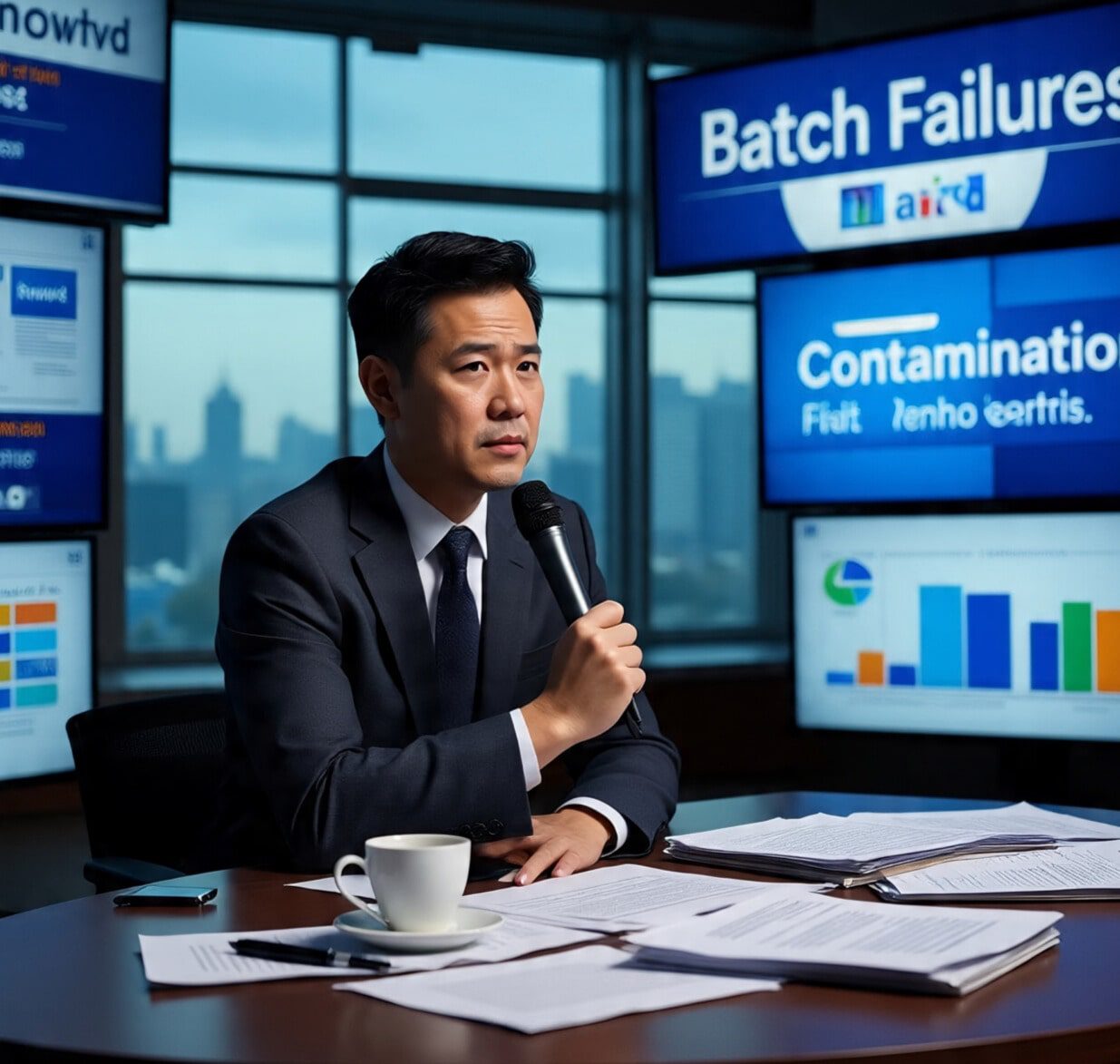In pharmaceutical and medical device manufacturing, contamination represents more than a production setback — it signals a breakdown that reverberates through every level of the operation. While the loss of a single batch may seem like the most visible consequence, the true impact extends much further, affecting finances, timelines, and organizational credibility.
The Costly Aftermath of Remediation
When contamination occurs, the immediate response often involves extensive root cause analysis and decontamination. These processes rarely stop at cleaning. They usually include full revalidation of production equipment, environmental monitoring systems, and facility qualifications. Each step contributes to extended downtime, which in turn delays product release and disrupts broader production schedules.
Beyond lost product, manufacturers face secondary expenses — wasted materials, repeat sterility testing, and duplicate validation work — none of which are typically accounted for in the initial project budget. The compounding costs can quickly erode profit margins and strain operational resources.
Supply Chain and Operational Disruptions
Contamination also creates ripple effects across the supply chain. Even if quality standards haven’t been fully compromised, precautionary holds or quarantine measures often follow while additional testing is conducted. These necessary but time-consuming steps can trigger bottlenecks in production scheduling and logistics.
When manufacturing capacity is limited, such interruptions may cause shortages or distribution delays. Hospitals and clinics relying on timely deliveries may be forced to postpone treatments or secure alternative suppliers, potentially putting patient care at risk.
Infrastructure and Equipment Damage
Cleaning contaminated systems can take a toll on manufacturing infrastructure. Aggressive sterilization methods and harsh chemical agents may degrade sensitive components such as filters, resins, tubing, and chromatography media. These materials are expensive to replace and often must be fully discarded to restore regulatory compliance.
Even after remediation, equipment exposed to contamination may experience shorter service life or require more frequent calibration and maintenance, adding to long-term operational costs.
The Hidden Cost of Lost Confidence
Perhaps the most lasting damage caused by contamination is reputational. A single incident can invite regulatory scrutiny, even when no recall occurs. Manufacturers may be required to submit corrective and preventive action (CAPA) plans, undergo unannounced audits, or face increased oversight for future production runs.
Investors, clients, and partners may interpret such incidents as indicators of systemic weakness, leading to a loss of trust. Rebuilding that confidence often requires months of transparent communication, third-party audits, and internal quality system reviews — all of which add indirect but significant costs.
Revealing Systemic Weaknesses
Contamination rarely occurs in isolation. It often exposes vulnerabilities in cleanroom design, environmental monitoring programs, or personnel protocols. Addressing these root causes typically requires extensive system upgrades — such as redesigning air handling systems, refining filtration efficiency, updating gowning procedures, or retraining staff on aseptic techniques.
These long-term improvements, while essential, can require major investments of time and capital. Yet they also represent an opportunity to build a more resilient and compliant manufacturing environment.
Beyond Recovery: A Shift Toward Prevention
Ultimately, contamination control is not simply about remediation — it’s about foresight. True prevention requires embedding contamination awareness into the foundation of manufacturing strategy. This means aligning quality assurance, facility design, and workforce training under a single objective: sustained control of environmental and process integrity.
Preventing contamination isn’t just a regulatory expectation; it’s a strategic imperative. Manufacturers who approach it proactively are better positioned to safeguard both their operations and their reputation — protecting not just products, but the trust that defines their place in the healthcare ecosystem.
For a deeper dive into how contamination-related batch failures translate into hidden operational and financial risks, consult the accompanying resource from cleanroom testing experts, Scientific Safety Alliance.
Read More From Techbullion


































